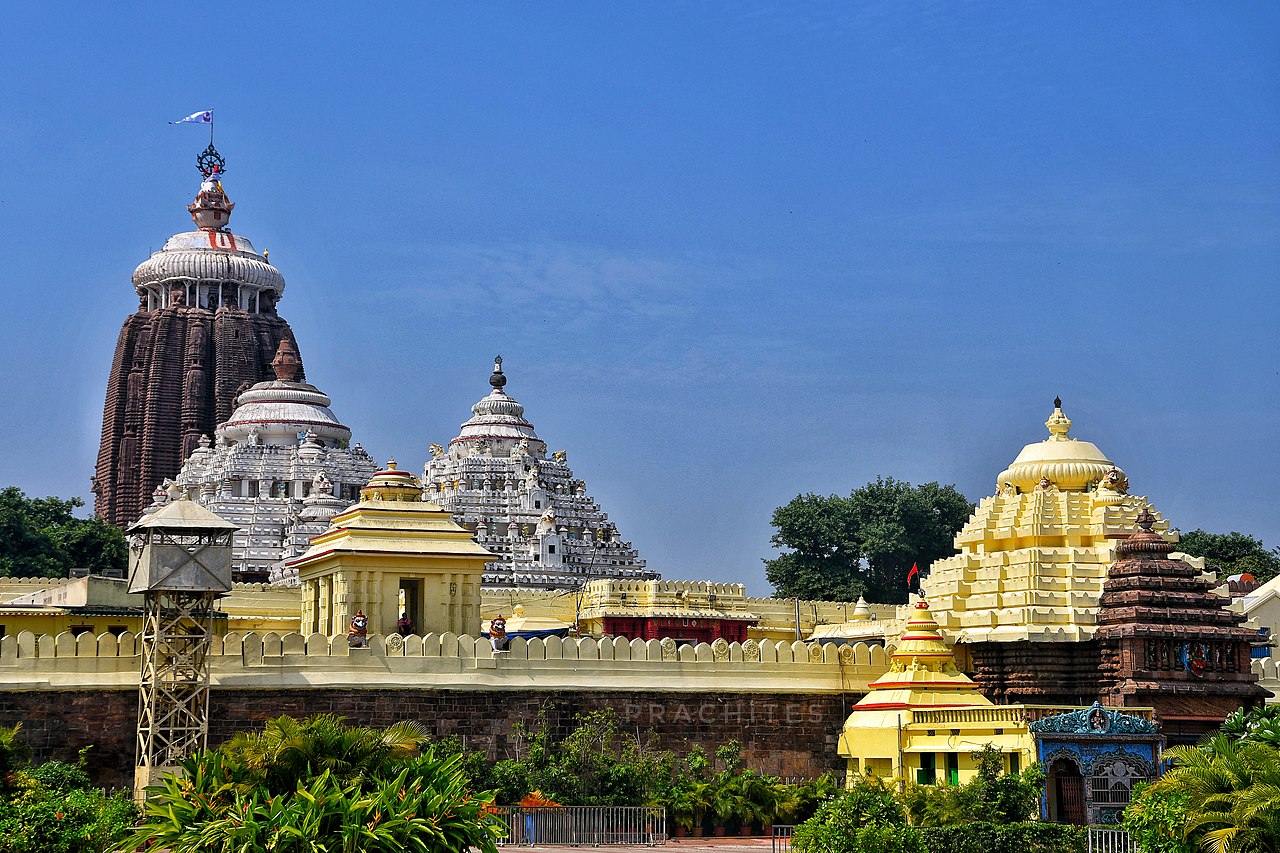Rath Yatra, which is held every year in Puri, Odisha is promoted as the earliest chariot procession in the world; it notes the trip of Lord Jagannath, in addition to Lord Balaram and Goddess Subhadra, from Puri’s Jagannath Temple to their aunt’s home– the Gundicha Mata Holy Place. With the beginning of Rath Yatra this year happening on July 1, below are a couple of intriguing facts that you should learn about the remarkable festival. By Priyanka Lamba
The 3 chariots of the Rath Yatra
The procession is likewise referred to as the event of chariots due to the fact that it witnesses the trip of 3 different chariots for Lord Jagannath, Lord Balarama as well as Siren Subhadra. While Lord Jagannath’s chariot Nandigosha carries on 18 wheels, Taladwaja, the chariot of Lord Balarama, is set on 16 wheels. And, Goddess Subhadra’s Padmadhwaja has 14 wheels.
A great deal of initiative goes into the production of these chariots
Fans played music as well as vocal singing during the 2012 Rath Yatra. The building and construction of the chariots begin on the advantageous event of Akshaya Tritiya. About 1,400 woodworkers are utilized each year to construct the 3 chariots. The chariots are constructed without the assistance of measuring tapes; instead, an old strategy of measurement is utilized where hands and fingers are utilized to gauge the size as well as breadth of the automobiles. Furthermore, wooden fixes and also joints are used rather than metal nails in the creation procedure.
The Chariot tops
The tops of the chariots are made in a manner that they reproduce the structure of the Jagannath Temple towers. A group of 15 competent tailors make the covers from 1,200 metres of towels.
The king will serve the Almighty
Prior to the commencement of the trip, the Gajapati (king) of Puri is meant to move the flooring with a golden mop. This basic act of cleaning up the lord’s course symbolizes that also the king is only a simple servant of God.
Lord Jagannath’s chariot declines to move ahead during the Rath Yatra. The chariots of Lord Jagannath, Balaram and Subhadra in front of Shree Jagannath’s holy place. Many supporters that have actually gone to the Rath Yatra have witnessed that Lord Jagannath seems hesitant to move, despite the number of individuals pulling his chariot. After hours of hard work, the rath lastly relocates, launching the procession’s forward march.
The anticipated downpour during Rath Yatra
According to documents, there’s not been a single Rath Yatra that really did not witness hefty downpours. The day of the event is greeted by rain every year (without fail).
A festival that’s open to all
The Jagannath holy place practises lots of restrictions on normal days, including one that does not enable any individual other than Hindus to go to the holy place. Nonetheless, on the day of the Rath Yatra, anyone can seek the true blessings of Lord Jagannath as well as see his idolizer, regardless of caste as well as religion.
Words ‘juggernaut’ comes from the name ‘Jagannath’. The English term ‘juggernaut’ indicates “a substantial, powerful, and frustrating force.” Drawing ideas from the massive chariot of Lord Jagannath, the British created this word when they encountered a huge chariot during one Rath Yatra event.




